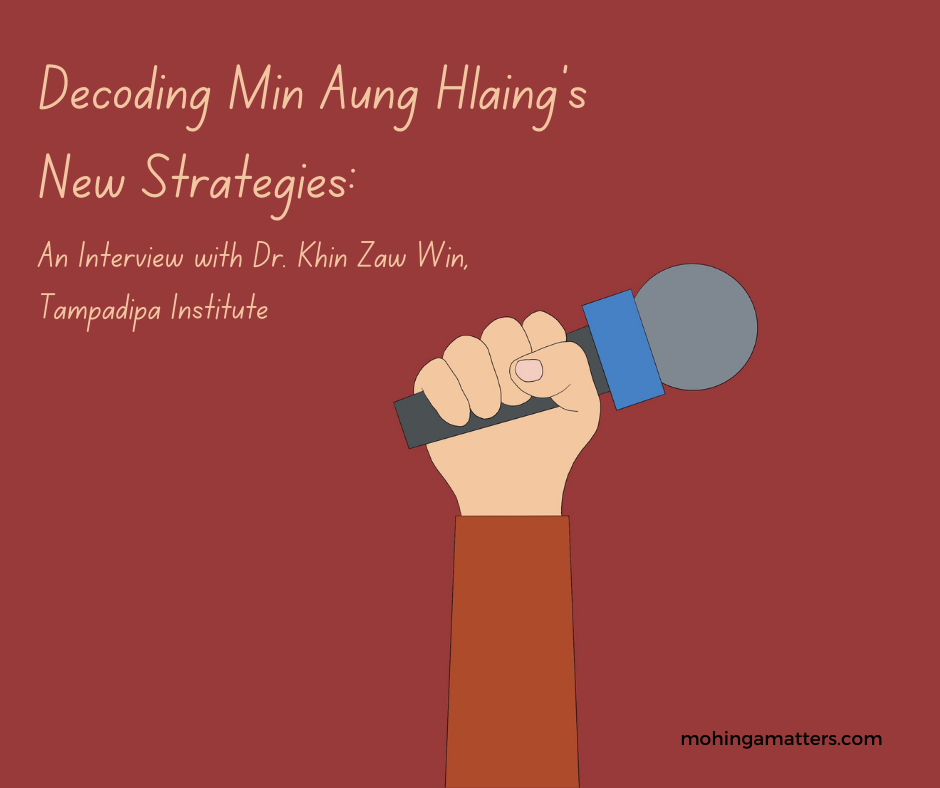
The current situation in Myanmar shows nothing but the failure of Min Aung Hlaing’s military regime in every aspect although he hates to admit and accept it. With its incompetent leadership in the past two years, the military regime made several new steps and initiatives in February. In this issue, Mohinga Matters talked to Dr Khin Zaw Win of Tampadipa Institute to make sense of the military’s fresh gambits which included the extension of the state of emergency, reshuffling of its cabinet and council, and the new rights to bear arms law.
MM: On February 1st, the military council extended the state of emergency. The 2008 Constitution only allows for 2 years of a state of emergency. What does this extension mean?
DKZW: Min Aung Hlaing wants to show that he heads a legitimate government and adheres scrupulously to the constitution. The emergency article says ‘normally’ two six-month extensions can be made, but the National Defense and Security Council (NDSC) can permit more. The attorney-general reportedly said the extension is constitutional. By resorting to emergency rule yet again, the junta hopes to justify the atrocities committed against all so-called “terrorists”. At the end of the emergency period, an election has to be held but there are ways of getting around that too.
MM: At the National Defense and Security Council meeting, junta chief Min Aung Hlaing presented that 198 out of 330 townships in the country are not under the control, and thus, he reasoned that he needed another six months of emergency state. What can we understand about this number he presented?
DKZW: I see it as a semi-public admission of loss of control. If one sees that as a rationale for extending the emergency rule, it’s a situation that can go on forever. The Communist insurrection in Malaya in the 1950s was termed an “emergency” rather than a civil war, partly because the business sector wanted it so. It is an incongruity and a farce to declare martial law in townships you don’t control. Again, it could justify brutal counter-insurgency operations. Beyond that, the townships are scattered across the country, with 2-3 major concentrations. The junta ‘reconquering’ those townships is totally out of the question now. That’s one reason I was surprised at MAH’s admission. Perhaps he was calling for external assistance.
MM: In the same week, the military council also reshuffled its council members and cabinet members. The case of Pu Gin Kam Lian’s appointment became the talk of the town, and he is now removed. U Khin Maung Swe and U Thein Nyunt, who were once pro-democracy supporters, were also removed from the council. How can we make sense of these rearrangements?
DKZW: Those civilian council members are only stage props, and are included to add a ‘respectable’ veneer. All military juntas in the past have followed this practice, and there’s no lack of scabrous individuals waiting to sign up. There is another advisory council and members have been removed from that too. As far as I know, those people have done nothing in the past two years, and the SAC must have been giving vent to its (general) disappointment.
MM: And in terms of military personnel, do you recognize any other notable replacements and how will it affect the resistance?
DKZW: No, I don’t. You have to realize that the Myanmar military is built around uniformity and ‘standing out’ is not acceptable. This extends to capabilities too, and what you find are the same tactics and same prowess. This has been the case for nearly half a century and affects the current fighting. A ‘modern professional’ armed forces losing ground in a brush war. I don’t expect any advancement, neither in the military nor political capacity.
MM: The military council enacted a law for civilians to bear arms this month. The military has been providing arms and training to the Pyu Saw Htee group, but now, the law extends to the public. What does the enactment of this law mean to the public, as well as, the resistance movement?
DKZW: This is a way of the junta admitting that it cannot assure security for its adherents. There could be a brisk trade in guns and hence proliferation. There is no shortage of arms dealers on the borders. But now there’s going to be legal trade in bulk. The increase in numbers could even see prices dropping. Who’s to say some of these guns won’t end up in resistance hands? It’s a very risky step for a regime. It had to bow to the small arms trade because of its weakness. Does it think it will be strong enough again to be able to curtail it at some point? The circumstances point to a downward spiral.
MM: In the past month, we have seen that Thai authorities get cozy with the regime, i.e. chief of Thailand’s Defense Forces, Chalermphon Srisawasdi was received by the junta chief himself at a resort in war-torn Rakhine State in January. What does this mean for the resistance movement, those who remain in liberated areas on the Thai-Myanmar border, and those who take refuge on the Thai side of the border?
DKZW: With aid and supplies coming into the resistance through Thailand, it’s likely that the junta would have asked the Thai side to clamp down on the resistance and dissidents. But what we are seeing is a very old playbook for both countries, harking back to the 1950s. I would say that the Thai elements – civil, military and business sectors – have always managed to play the game better and to benefit handsomely. This time the stakes are bigger and more extensive. Even if they wanted to, a sweeping ‘clean-up’ is simply not feasible.
MM: Would you like to add more in addition to our questions?
DKZW: There is a segment of international academia working on the ‘post-political’ – I think it’s fairly new. Myanmar could be on the cusp of it. Coming to the here and now, the civil war and humanitarian aid are largely funded out of public pockets. International aid figures are nowhere in the picture at all. It’s the steely resolve of ordinary people that keeps it going. The result mid-term is the lamentation of the junta chief. People and communities across the country can ask themselves what they did and contributed in the past two years. The future shape and structure of Myanmar shall conform along those lines. There is simply no other way. What people at one remove can do is to help in midwif-ing this process and make it less traumatic and painful. We are in the sad final act of an epic that has run for 70 years. My feeling is that a better, fairer and more durable configuration shall emerge.

